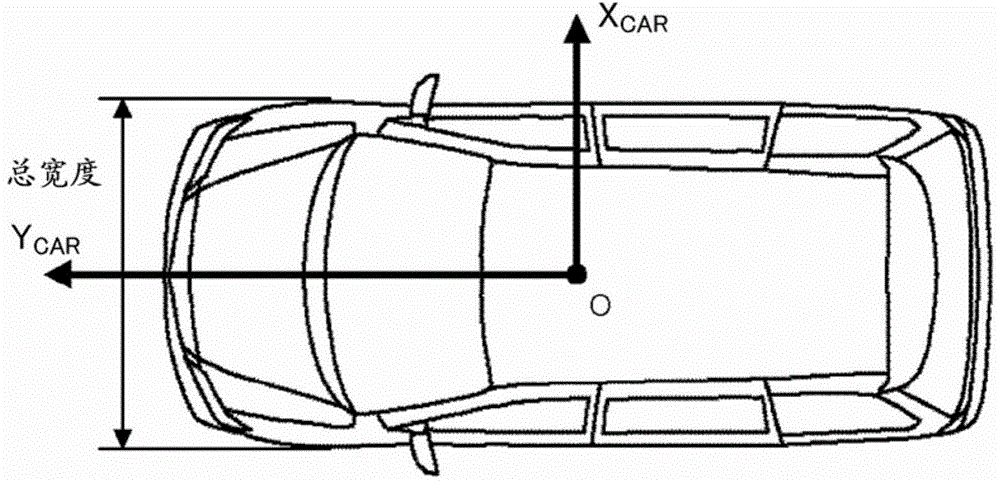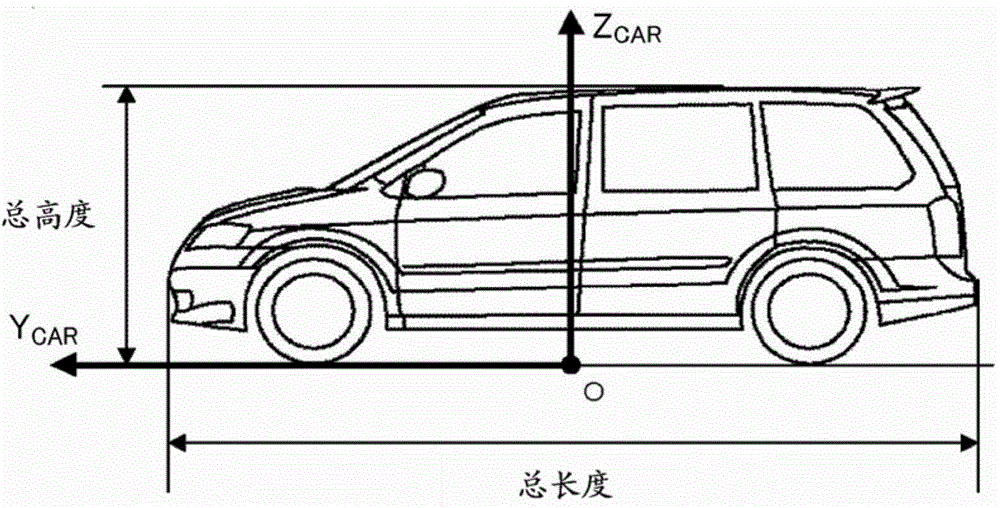Image processing apparatus and image processing method
An image processing device and image technology, applied in image data processing, image communication, graphics and image conversion, etc., can solve the problems of increasing the moving distance of the driver's line of sight and difficulty in understanding the corresponding relationship between objects
- Summary
- Abstract
- Description
- Claims
- Application Information
AI Technical Summary
Problems solved by technology
Method used
Image
Examples
Embodiment 1
[0040] figure 1 is a view illustrating an exemplary configuration of the in-vehicle system 1 according to Embodiment 1. refer to figure 1 , the in-vehicle system 1 includes: an in-vehicle device 2 as an image processing device, a plurality of cameras 3 , one or more monitors 4 , and a distance sensor 5 . Such as figure 1 As illustrated in , the in-vehicle device 2 is connected to a plurality of cameras 3 , one or more monitors 4 and a distance sensor 5 .
[0041] In the following description, Embodiment 1 will be described by taking an example of a blind spot that exists in the field of view on the rear side of the vehicle and is blocked by the vehicle body.
[0042] The camera 3 includes an imaging device such as a CCD (Charge Coupled Device), COM (Complementary Metal-Oxide Semiconductor), MOS (Metal-Oxide Semiconductor), and the like. The camera 3 captures images of the vicinity of the vehicle at, for example, 30 fps (frame per second) and sequentially stores the capture...
Embodiment 2
[0160] A method of generating a occlusion image of a reference vehicle body when the in-vehicle system 1 according to Embodiment 1 is equipped in a mass-produced vehicle will be described by Embodiment 2.
[0161] Figure 22 is a functional block diagram illustrating a configuration example of the in-vehicle device 2 according to Embodiment 2. The vehicle according to Embodiment 2 except that the control unit 40 also serves as the reference vehicle body occlusion image generation unit 49 and the ideal arrangement parameters of the right camera 3R and the left camera 3L and the ideal vehicle body occlusion image are stored in the data area of the storage unit 10. The in-vehicle device 2 has the same basic configuration as the in-vehicle device in Embodiment 1. In addition, some of the usual functional units of the controller 40 (for example, the transformation matrix generation unit 43 ) are slightly different from those in Embodiment 1 in function.
[0162] The ideal arran...
Embodiment 3
[0187] A method of generating an occlusion image of a reference vehicle body of a mass-produced vehicle based on vehicle body shape data will be described through Embodiment 3.
[0188] The in-vehicle device 2 according to Embodiment 3 has the same basic configuration as the in-vehicle device in Embodiment 2, except that vehicle body shape data instead of an ideal body occlusion image is stored in the data area of the storage unit 10 . In addition, some of the general functional units of the controller 40 (for example, the transformation matrix generation unit 43 and the reference vehicle body occlusion image generation unit 49 ) are slightly different from those in Embodiment 2 in function.
[0189] Body shape data is, for example, three-dimensional polygonal data defined in the vehicle coordinate system that models the shape of the vehicle, such as Figure 25 exemplified in .
[0190] In addition to the above-described processing in Embodiment 1, the transformation matrix...
PUM
 Login to View More
Login to View More Abstract
Description
Claims
Application Information
 Login to View More
Login to View More - R&D
- Intellectual Property
- Life Sciences
- Materials
- Tech Scout
- Unparalleled Data Quality
- Higher Quality Content
- 60% Fewer Hallucinations
Browse by: Latest US Patents, China's latest patents, Technical Efficacy Thesaurus, Application Domain, Technology Topic, Popular Technical Reports.
© 2025 PatSnap. All rights reserved.Legal|Privacy policy|Modern Slavery Act Transparency Statement|Sitemap|About US| Contact US: help@patsnap.com



